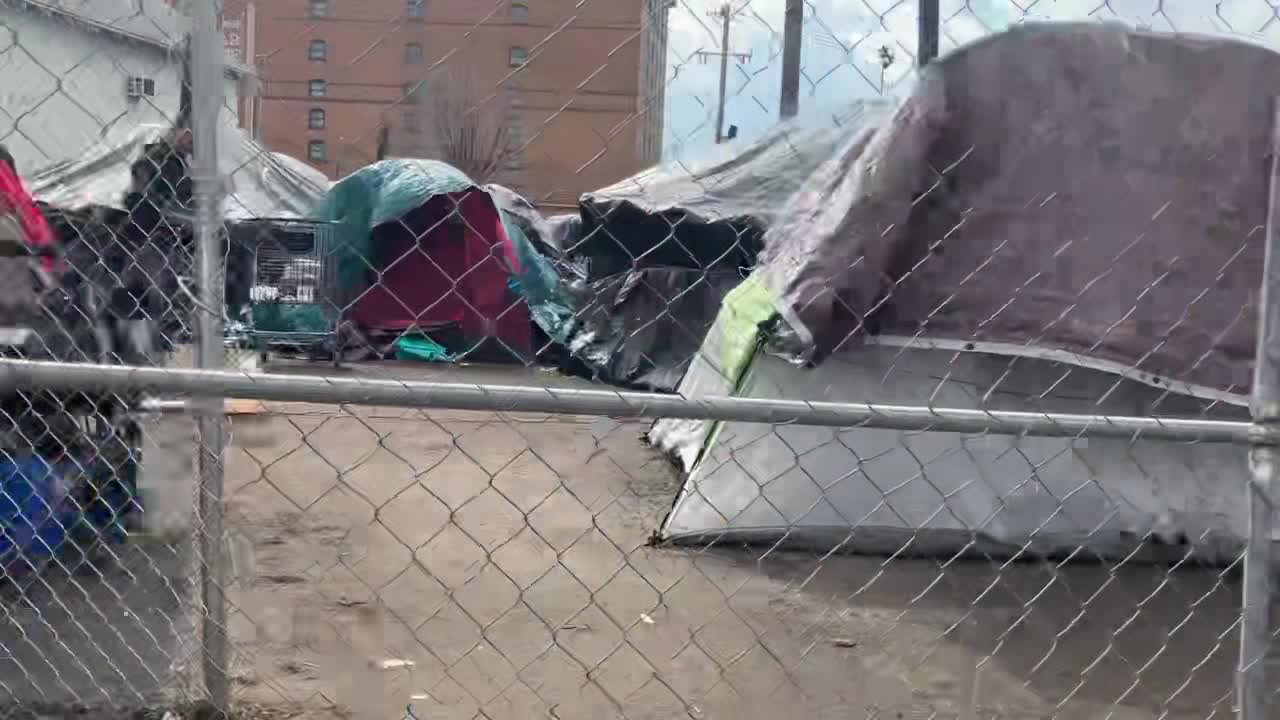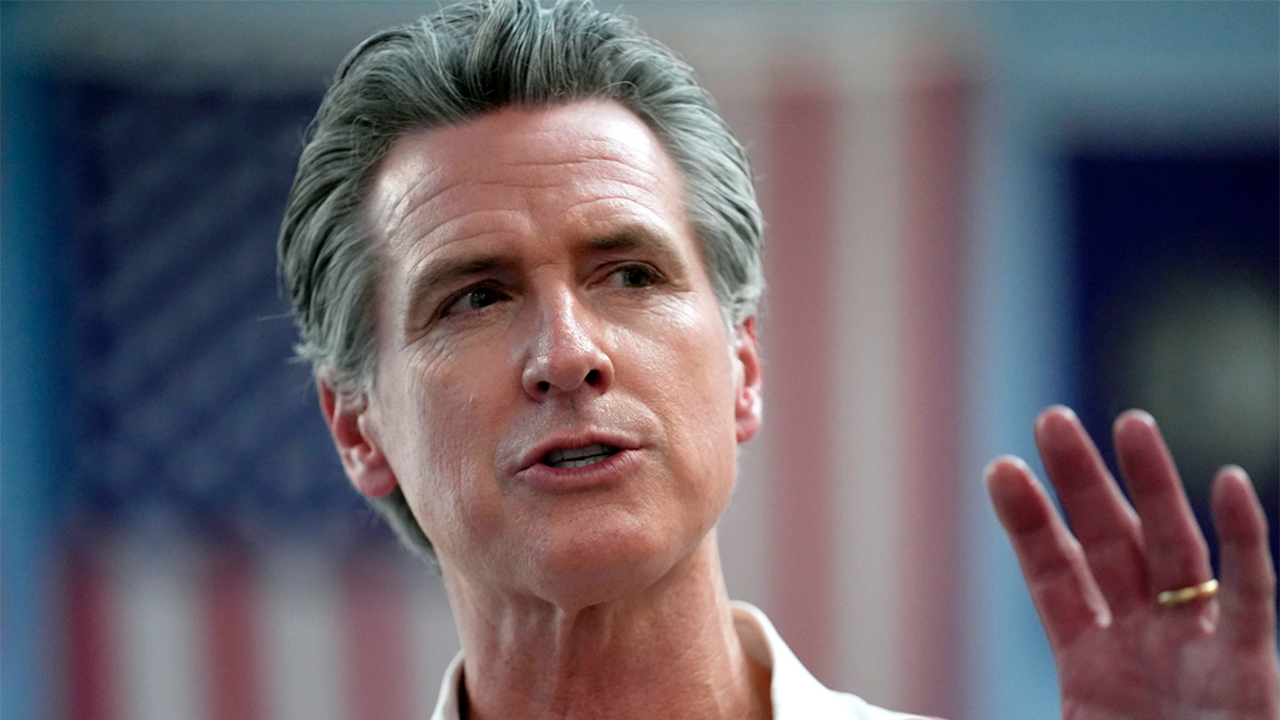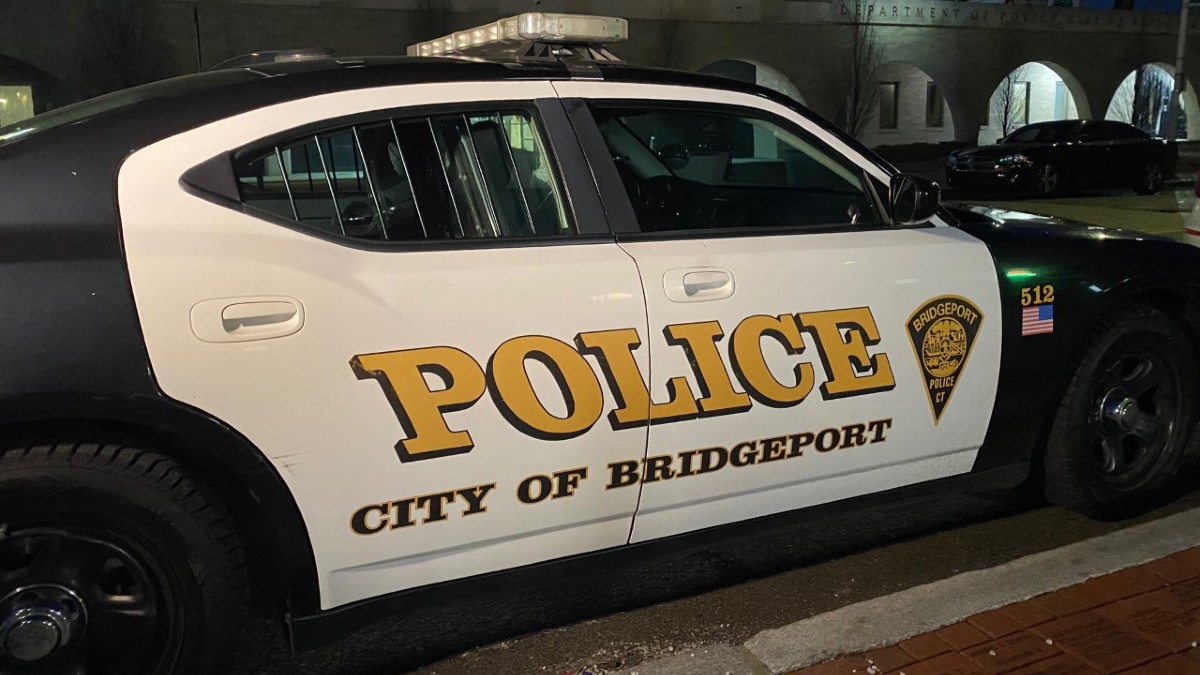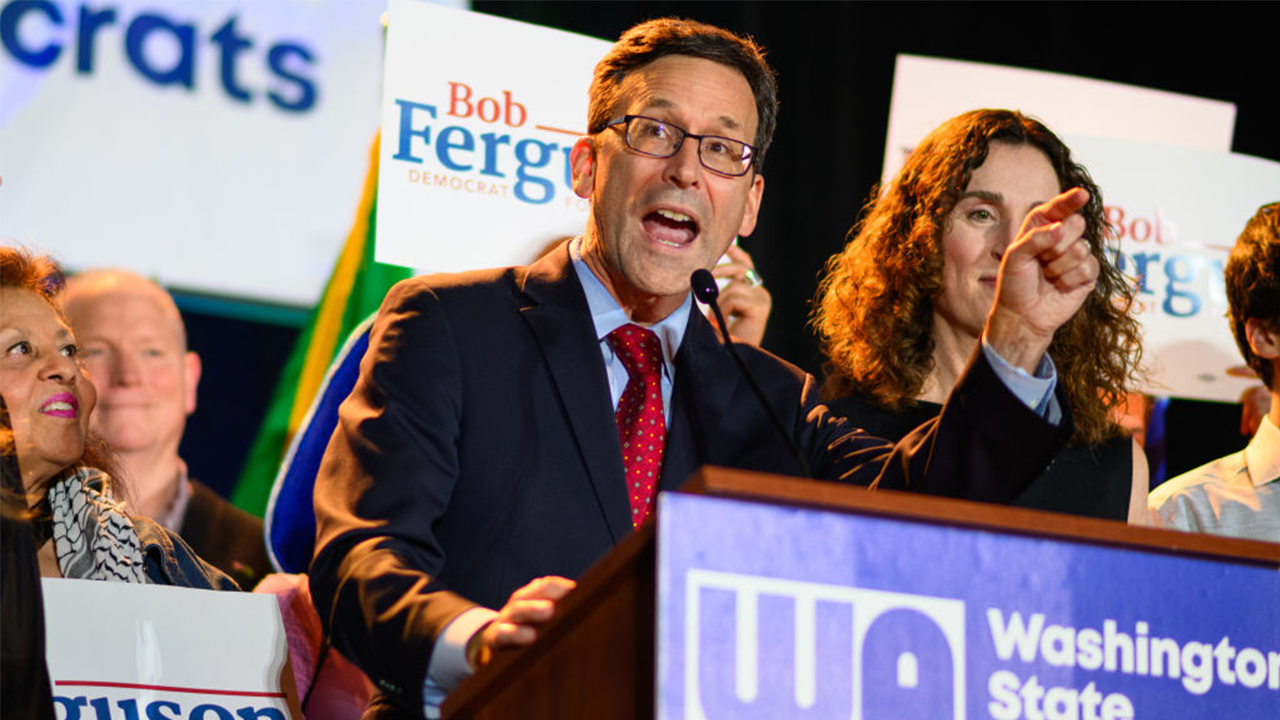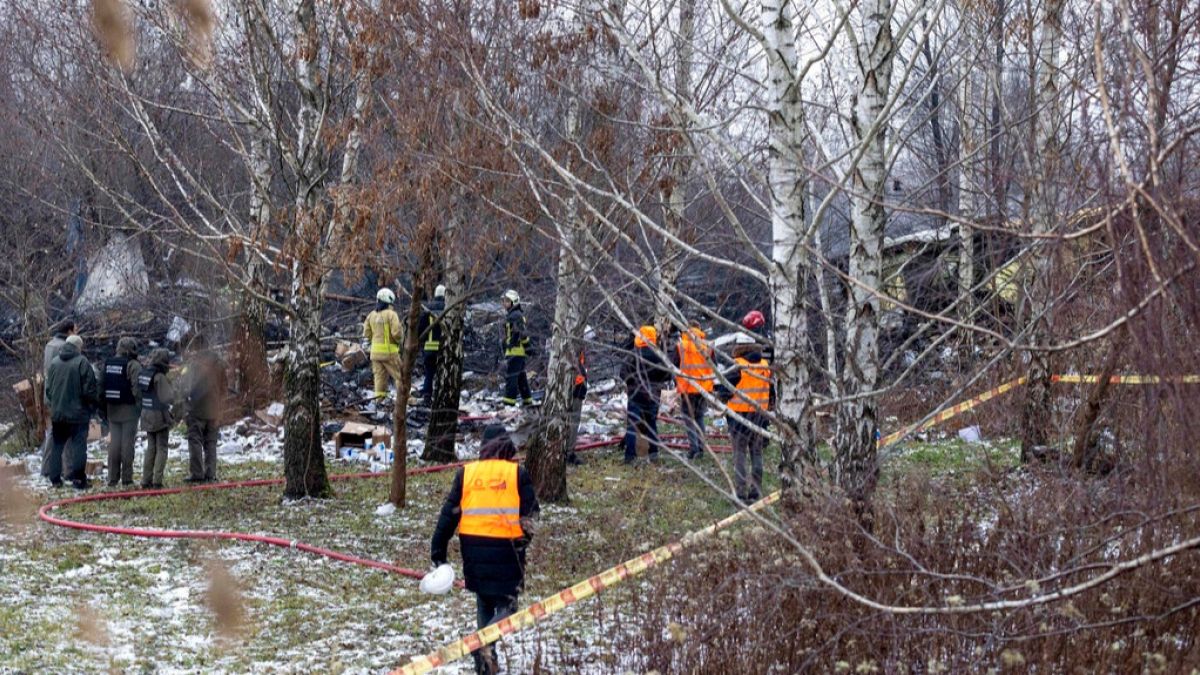Minneapolis, MN
Coffee for a cause: New shop in Loring Park gives back to inner city youth soccer league with every pour

MINNEAPOLIS – Tucked away in a quiet alley behind Café Lurcat is a buzzing business.
Mary Haasl and Dustin Wahlquist live in the neighborhood and have become loyal customers of Fawkes Alley Coffee in their first week of being open.
“This is like our sixth time back,” Haasl said.
Their loyalty is not just because of the coffee, but the cause behind it.
MORE NEWS: 12-year-old boy fatally shot, 14-year-old arrested in St. Paul
“[They] give an opportunity to give back to the community in like such a cool, creative way,” Wahlquist said.
It was an idea brewed up by Alex Heller to financially support a youth soccer league he’s involved with – Futsal Society (FS) – but also to revitalize an area that lost a lot of businesses during the pandemic.
“We need to bring life and we need to bring energy here and that was the idea,” Heller said.
With every cup sold, Fawkes Alley donates money to the Futsal Society.
“You’d recognize it as soccer, but it’s played on a smaller space, on a hard court, five on five versus 11 on 11,” said Caleb Crossley, one of FS’s founders.
To participate in FS is free for all, and coffee sales will continue to help make that possible.
“If we’re not charging kids, we have to be creative on how we’re generating revenue to support buying jerseys, renting field space, you know, paying coaches,” Crossley said.
MORE NEWS: Officials order Wisconsin brewery to close. Owner says it’s payback for supporting liberals
Of the more than 200 participating players in FS, 60% of them are first-generation immigrants.
Mohamad Ali just aged out of Futsal League as a high school graduate. Fawkes Alley Coffee hired him, something they hope to do for many more league alumni.
“I feel like it’s a really good way to transition…into the real world, you know, get a job,” Ali said. “Have some really good mentors, some really good people as my managers and stuff, and at the same time it’s good to also like be connected with my past.”
Fawkes Alley Coffee is open everyday from 8 a.m. to 4 p.m. It’s located at 1621 Harmon Place in Minneapolis.

Minneapolis, MN
Minneapolis to pay more than $224K to fill empty storefronts

MINNEAPOLIS — Take a walk around downtown Minneapolis and you’ll see them: empty storefronts — one after another.
Now, the city of Minneapolis is opening up its checkbooks, spending $224,20 — money previously approved in the 2024 budget — to combat the problem.
“This is an opportunity that we’ve been dreaming of,” said Drew Kinkade, Founder and Director of Flavor World.
Flavor World is a Twin Cities-based creative hub that makes clothing, hosts events and provides services for the local art scene. It is one of five local arts organizations selected to be a part of Vibrant Storefronts.
Each organization is getting subsidized rent to take over five vacant downtown storefronts.
“Right now, by far our biggest expense as a business is rent,” said Kinkade.
Flavor World will provide space for a rotating gallery and a pop-up shop for local artists at the old Fast Print location on Harmon Place.
“We want to have quarterly gallery openings, as well as we host events called art shares, kind of like art show and tells,” said Kinkade.
Just down the street, Black Business Enterprise, a nonprofit that gives a helping hand to black and low-income entrepreneurs, has already set up shop in their new location, making a space for local artists to collaborate and showcase their art.
“We really hope to spotlight and shine the light on a lot of the artists that are typically unseen,” said Nancy Korsah, Executive Director for Black Business Enterprise.
Both organizations hope to give these empty storefronts new life.
“Downtown is not dead,” said Korsah. “We have amazing organizations trying not just to bring people back, but bring community together.”
The Minneapolis Downtown Council on Monday published its 2035 Plan, outlining its goals for revitalizing the area.
Minneapolis, MN
Thanksgiving Grocery Store Hours Minnesota 2024

MINNEAPOLIS — It’s a familiar feeling: Thanksgiving morning, the relatives are coming over, and after days of preparing and making lists for your family feast, you realize you forgot the cranberry sauce or the whipped cream for the pie. If you find yourself in this situation, don’t worry—several grocery stores across the Twin Cities metro area will be open for last-minute shopping needs.
Here are the hours for grocery stores that will be open on Thanksgiving Day, as well as a list of those that will be closed:
Open on Thanksgiving Day
Hy-Vee
Hy-Vee stores will be open on Thanksgiving Day, but many locations will close early, typically at 2 p.m. It’s a good idea to call your local Hy-Vee store ahead of time to confirm their specific hours, as they may vary by location.
- Bloomington, 10800 Lyndale Ave S, Bloomington, MN 55420
- Eagan, 4000 Eagan Dr, Eagan, MN 55122
- Maplewood, 1850 White Bear Ave, Maplewood, MN 55109
- Minneapolis, 1400 W 98th St, Minneapolis, MN 55431
- Richfield, 6525 Penn Ave S, Richfield, MN 55423
- Woodbury, 755 Bielenberg Dr, Woodbury, MN 55125
Cub Foods:
Cub Foods will be open on Thanksgiving Day, but their hours vary by location. It’s recommended to call ahead or check with your specific Cub Foods store to confirm their Thanksgiving hours.
Locations in the Twin Cities metro include:
- St. Paul: 2001 S Robert St, 1440 University Ave W, 2197 Old Hudson Road, 1177 Clarence St
- West St. Paul: 239 Winona St W
- Inver Grove Heights: 7850 Cahill Road
- Eagan: 1276 Town Centre Dr, 1020 Diffley Road, 1940 Cliff Lake Rd
- Roseville: 1201 Larpenteur Ave W, 2100 Snelling Ave N
- Maplewood: 100 W County Rd B, 2390 White Bear Ave
- Minneapolis: 4601 Snelling Ave S, 2850 26th Ave S, 1540 New Brighton Blvd, 1104 Lagoon Ave, 5937 Nicollet Ave S
- Woodbury: 8432 Tamarack Village
- Bloomington: 8421 Lyndale Ave S
- Cottage Grove: 8690 E Point Douglas Rd
- White Bear Lake: 1920 Buerkle Road
- Edina: 6775 York Ave S
- Arden Hills: 3717 Lexington Ave N
Whole Foods
Hours vary by location. Many stores will open at 7 a.m. and close as early as 2 p.m.
Whole Foods locations in the Twin Cities metro include:
- St. Paul: 1575 Selby Ave
- Woodbury: 305 Radio Dr
- Minneapolis (Hennepin Ave, Lake Calhoun)
- Edina: 7401 France Ave S
- Minnetonka: 1001 Plymouth Rd
- Maple Grove: 12201 Elm Creek Blvd N
Closed on Thanksgiving Day
- Aldi
- Costco
- Sam’s Club
- Trader Joe’s
- Lunds & Byerlys
- Kowalski’s Markets
- Target
- Walmart
Minneapolis, MN
Minneapolis council member who beat rare cancer fights to protect others from harmful pollutants

Late last month, the Minneapolis City Council unanimously passed a resolution calling for the closure of the Hennepin Energy Recovery Center, or HERC, in downtown Minneapolis. The council doesn’t have the authority to shut it down — Hennepin County oversees the HERC. Instead the council’s action urges the county to close the incinerator by the end of 2027.
For one council member — LaTrisha Vetaw — that vote was personal.
“I understand the real ramifications of those sorts of things,” she said this week during an interview at her Ward 4 office in north Minneapolis.
A Santa Claus figurine greets visitors at the Ward 4 office of council member LaTrisha Vetaw on Nov. 20, in Minneapolis. Kerem Yücel | MPR News
In 2006, Vetaw was diagnosed with osteosarcoma, a rare form of cancer. Doctors found her case even more unique as it’s a cancer typically found in children and teenagers. However, Vetaw was 30 years old when she was diagnosed.
MPR News helps you turn down the noise and build shared understanding. Turn up your support for this public resource and keep trusted journalism accessible to all.
Vetaw, now 48, said her physicians said the cancer was probably connected to her exposure to pollution.
Her doctor told her, “it was more than likely where I came from, where I grew up is where I got it, and I just had a really slow growing case of it,” she said.
Vetaw was raised for a time on the south side of Chicago, in a place known by some as the birthplace of the environmental justice movement.
“I grew up in what later became known as the toxic doughnut,” she said. “So the housing projects that I lived in was surrounded by land, fields, steel mills, Sherman Williams paint factory, just a lot of bad.”
By “bad” she means a lot of chemicals infiltrating the air surrounding the low-rise homes, officially known as Altgeld Gardens.
One of the cooling towers at the Hennepin Energy Recovery Center in Minneapolis.
Ben Hovland | MPR News 2023

According to the Global Atlas of Environmental Justice, the housing project was surrounded by 50 landfills and 382 industrial facilities. Also, 250 leaking storage tanks were found underground. Toxicology tests performed since the 1980s found dangerous levels of mercury, lead and PCBs, the environmental justice site said.
Vetaw was 11 years old when her mother moved the family out of Altgeld Gardens to north Minneapolis.
“People thought she had lost her mind. She knew nothing about Minneapolis,” Vetaw said.
Actually, her mother had grown suspicious of the air they breathed, among other oddities and that caused their move, she said.
“My mom says she remembers the year that no one’s garden could grow, and that’s when she realized something was going on in the community,” Vetaw said.
Residents of “The Gardens,” as Vetaw said they are commonly called, ended up suffering from an array of health issues including asthma, birth abnormalities and cancer. Those affected were still living at the Gardens or had left years before.
After council discussions about the HERC, Vetaw said she spoke with her mom, who still lives in north Minneapolis.
“I said, ‘All that work you did to get us out of the toxic doughnut and look where you brought us, … ‘ in a joking way,” Vetaw said. “She was like, ‘I couldn’t smell anything over here. I didn’t see anything. It was better, right?’”
County: Energy center built to reduce emissions
The HERC was built in 1989. The waste which is burned there also generates steam, which turns turbines which generate electricity to nearby homes and buildings. County officials say the center has better air pollution controls and fewer air emissions compared to landfills which contain waste that continues to decompose and produce methane and organic compounds.
County officials also say the HERC has a 24/7 air pollution control system that captures pollutants. And they say the waste delivered to HERC is processed close to where it’s produced, which they say minimizes carbon emissions from trucks which haul waste to landfills outside the city.
A large mechanical claw, suspended from a ceiling-mounted gantry crane, grips a pile of trash inside the Hennepin Energy Recovery Center in Minneapolis.
Ben Hovland | MPR News 2023
In 2023, the Hennepin County Board of Commissioners directed its staff to create a plan to close the facility sometime between 2028 and 2040. Before shutting down, the county will need to make a plan for what to do with the trash that currently goes to the HERC. Plans could include ways to cut down on the amount of waste in the county through composting and recycling, or diverting trash to landfills instead of the incinerator.
About 230,000 people live within three miles of the HERC, according to the council’s resolution calling for the center’s closure, and are “disproportionately low-income and Black, Indigenous and people of color compared to the rest of Minnesota.”
During a public hearing held in front of a council committee last month, community members, some of them people of color, described what it’s like living near the incinerator.
Shiori Konda-Muhammad is a cardiovascular ICU nurse at North Memorial and vice president of the Minnesota Nurses Association. She told council members the HERC has placed additional burdens on the north side’s African American residents who have a higher incidence of cardiovascular diseases and asthma.
Trash burns in one of the boilers inside the Hennepin Energy Recovery Center in Minneapolis.
Ben Hovland | MPR News 2023
“But no matter how hard we work to get our patients back to the communities, if the root causes of the chronic conditions are not addressed, they are never going to achieve their best health,” Konda-Muhammad said. “The longer you let HERC operate, the more burden you add into the community that is already overburdened by economic and racial injustice.”
Following the hearing Vetaw thanked the activists who testified.
“I appreciate the advocacy,” she said. “I can just tell that you know this is the beginning, and you all will keep up the fight, and I’m here to keep up the fight with you.”
Vetaw’s vow to fight to protect her constituents rings true. She’s been cancer-free for 10 years.
“As someone who has been through that, who understands, like I fought through it, but everyone doesn’t win that battle with cancer, right?,” said Vetaw. “I don’t want that to happen to anyone.”

Minneapolis City Council member LaTrisha Vetaw poses for a portrait at her Ward 4 office in Minneapolis on Nov. 20.
Kerem Yücel | MPR News
-

 Business1 week ago
Business1 week agoColumn: Molly White's message for journalists going freelance — be ready for the pitfalls
-

 Science6 days ago
Science6 days agoTrump nominates Dr. Oz to head Medicare and Medicaid and help take on 'illness industrial complex'
-

 Politics1 week ago
Politics1 week agoTrump taps FCC member Brendan Carr to lead agency: 'Warrior for Free Speech'
-
/cdn.vox-cdn.com/uploads/chorus_asset/file/25739950/247386_Elon_Musk_Open_AI_CVirginia.jpg)
/cdn.vox-cdn.com/uploads/chorus_asset/file/25739950/247386_Elon_Musk_Open_AI_CVirginia.jpg) Technology1 week ago
Technology1 week agoInside Elon Musk’s messy breakup with OpenAI
-

 Lifestyle1 week ago
Lifestyle1 week agoSome in the U.S. farm industry are alarmed by Trump's embrace of RFK Jr. and tariffs
-

 World1 week ago
World1 week agoProtesters in Slovakia rally against Robert Fico’s populist government
-

 Health3 days ago
Health3 days agoHoliday gatherings can lead to stress eating: Try these 5 tips to control it
-

 News1 week ago
News1 week agoThey disagree about a lot, but these singers figure out how to stay in harmony





